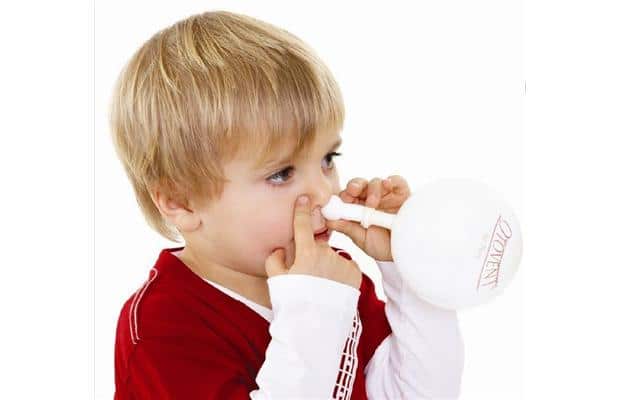By: Diana Holan, MS
For decades, the standard medical treatment for childhood ear infections was antibiotic treatment, or PE tubes for difficult cases. According to a 2012 NIH report, there was a significant decline in office visits by children with otitis media (35% in 1997 to 25% in 2007), with the sharpest drop for children < 2 years that may be partly due to the routine use of the pneumococcal conjugate vaccine since 2000. However, there are still 13.6 million cases a year in the U.S. And as Dr. Ian Williamson states,
“Unfortunately, all available medical treatments for otitis media with effusion such as antibiotics, antihistamines, decongestants and intranasal steroids are ineffective and have unwanted effects….”.
Several years ago doctors began a “watch and wait” approach, which included more parent and patient education. A 2007 comparison of this method over antibiotic treatment demonstrated a substantial reduction in health costs. Just eliminating the typical $22.90 per 7-10 day Amoxycillin treatment could save $311 million per year. But it does not count the potential long term benefits of reducing antibiotic resistance, or “demedicalizing” a common ailment, both of which would free up valuable clinic time.
Another Choice in treatment
Now there is another non-medical approach that is proving successful for middle ear effusion, which may also linger after infection resolves. Based on previous small, successful trials using nasal balloons, a larger trial was completed with 320 children in the United Kingdom. One group received standard care plus nasal balloon auto-inflation (blowing through a plastic adapter into a balloon), while the second group received only standard care. Results showed the first group “more likely…to have normal middle ear-pressure at 1 month (47.3% and 35.6% …) and 3 months (49.6% and 38.3% …) and fewer days with symptoms”. The results were more effective than the ‘watch and wait approach’ and is easy for children as young as 4 years to learn. Although the doctors must be trained how to teach the procedure, it is a simple method that engages parents and children, and can help reduce the possibility of short-or long-term hearing loss.
Feature Image from Windsor Star
 Diana Holan, MS, has been practicing audiology for over 25 years in Tucson and is committed to improving communication between patients and their families through the use of state-of-the-art hearing aid technology and various assistive techniques. She received a Bachelor’s of Science in Speech and Hearing and a Master’s of Science in Audiology from the University of Arizona
Diana Holan, MS, has been practicing audiology for over 25 years in Tucson and is committed to improving communication between patients and their families through the use of state-of-the-art hearing aid technology and various assistive techniques. She received a Bachelor’s of Science in Speech and Hearing and a Master’s of Science in Audiology from the University of Arizona







